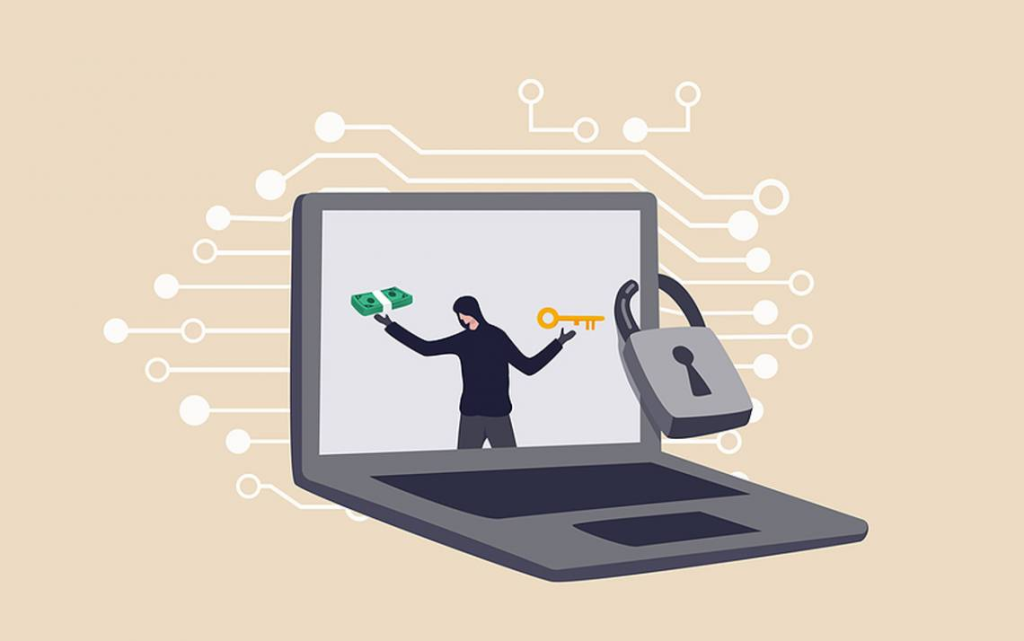Virtual security, also known as cybersecurity or data security, refers to the measures and practices set in place to guard virtual assets, data, and techniques from unauthorized access, breaches, and internet threats in electronic environments. In today’s interconnected earth, where firms rely seriously on digital systems and cloud research, virtual protection plays a critical position in safeguarding sensitive and painful information and ensuring the strength, confidentiality, and option of data.
Among the major problems of virtual safety is protecting against unauthorized usage of virtual resources and systems. This calls for applying sturdy authorization elements, such as for example passwords, multi-factor authorization, and biometric authorization, to confirm the identity of customers and prevent unauthorized persons from accessing sensitive information and resources.
Additionally, electronic protection encompasses measures to protect against malware, worms, and different destructive software that will compromise the security of electronic environments. This includes deploying antivirus pc software, firewalls, intrusion detection programs, and endpoint security solutions to detect and mitigate threats in real-time and reduce them from scattering across networks.
Still another important part of electronic safety is obtaining knowledge equally at rest and in transit. This implies encrypting knowledge to provide it unreadable to unauthorized individuals, thus defending it from interception and eavesdropping. Security guarantees that even if data is intercepted, it remains secure and confidential, lowering the risk of data breaches and unauthorized access.
More over, electronic protection involves applying accessibility controls and permissions to prohibit individual rights and restrict use of painful and sensitive knowledge and techniques and then certified individuals. Role-based accessibility get a grip on (RBAC) and least opportunity rules are generally used to make sure that consumers have accessibility and then the methods necessary for their functions and responsibilities, lowering the chance of insider threats and data breaches.
Virtual security also encompasses checking and logging actions within electronic environments to detect dubious conduct and potential safety incidents. Security data and occasion management (SIEM) options collect and analyze records from various sources to spot protection threats and answer them promptly, reducing the impact of security incidents and preventing knowledge loss.
More over, electronic protection involves regular security assessments and audits to gauge the potency of existing security controls and identify vulnerabilities and disadvantages in electronic environments. By doing hands-on assessments, agencies may recognize and address security gaps before they may be exploited by internet attackers, improving overall security posture.
Moreover, virtual security needs continuing education and education for personnel to boost attention about cybersecurity most useful practices and ensure that users understand their functions and responsibilities in maintaining security. Protection recognition training programs support personnel virtual security identify possible threats, such as for instance phishing scams and cultural executive attacks, and take correct activities to mitigate risks.

In summary, virtual safety is essential for defending organizations’ digital resources, data, and methods from internet threats and ensuring the confidentiality, strength, and accessibility to data in digital environments. By utilizing powerful safety steps, including accessibility regulates, encryption, tracking, and consumer teaching, agencies may enhance their defenses against internet episodes and mitigate the dangers related to running in today’s interconnected world.
